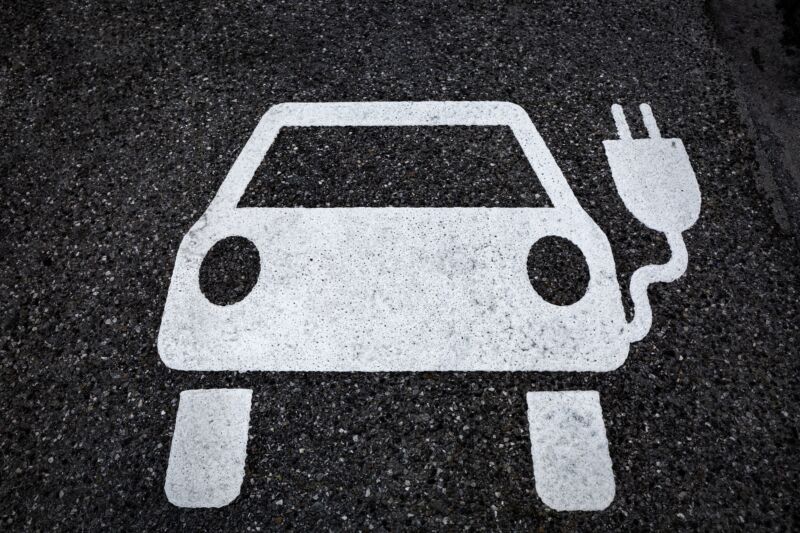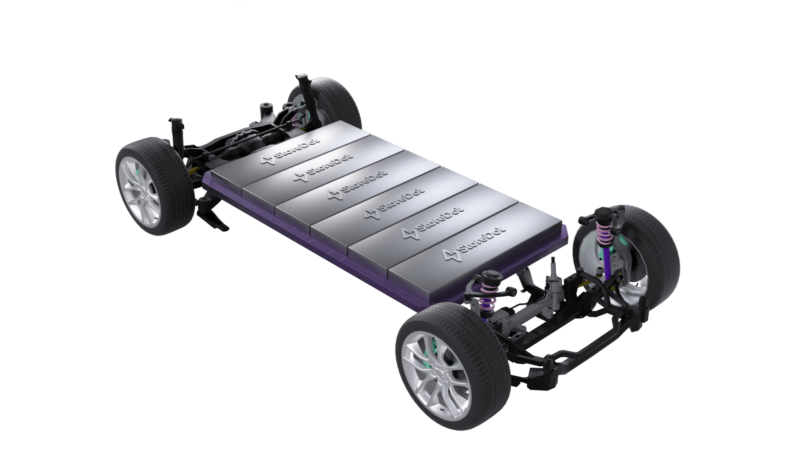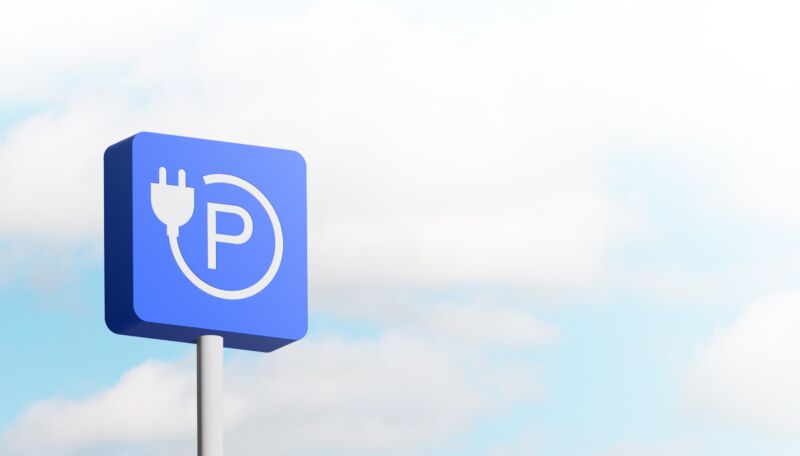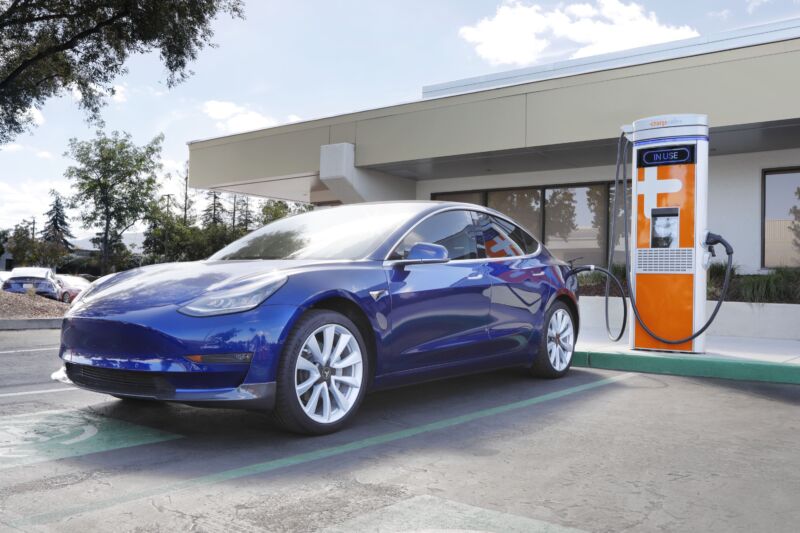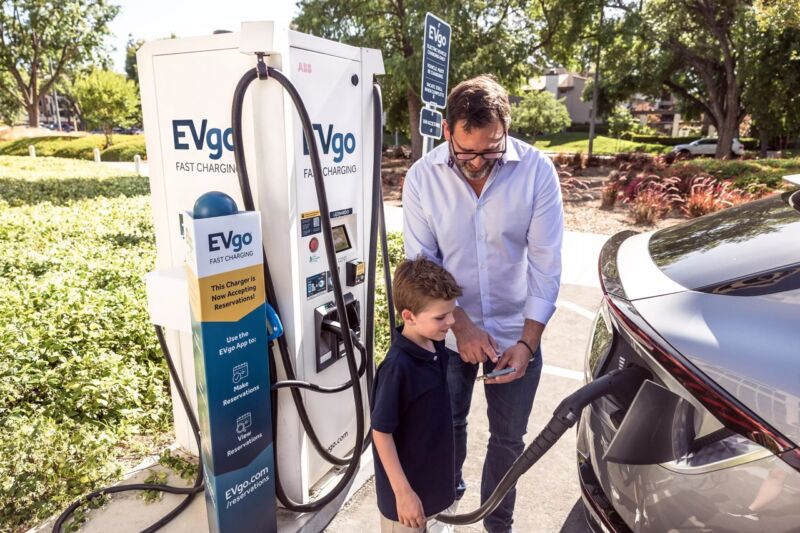-
 chevron_right
chevron_right
Ford CEO confirms complimentary charging adapters coming soon
news.movim.eu / ArsTechnica · Wednesday, 31 January - 15:56
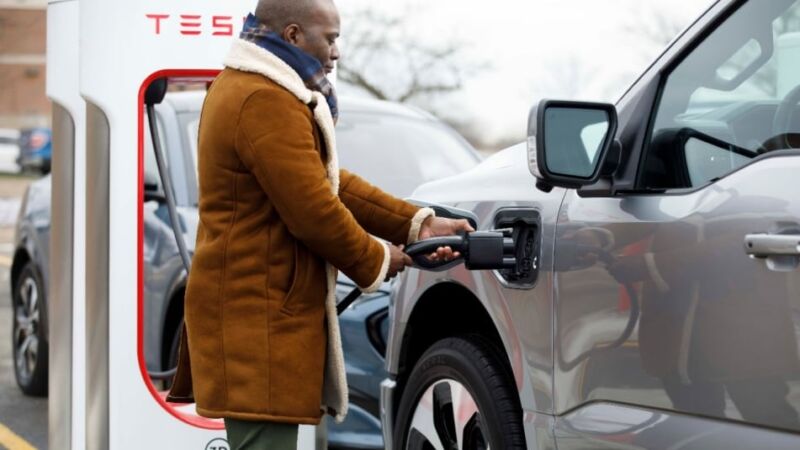
Enlarge / Ford was the first OEM to switch from CCS1 to J3400, and it's the first to ready an adapter for cars that have CCS1 ports. (credit: Ford)
Owners of Ford F-150 Lightning electric pickup trucks and Ford Mustang Mach-E electric crossovers will soon be able to reserve an adapter that lets them use Tesla Supercharger stations. Ford CEO Jim Farley—last seen driving Ars around Charlotte Motor Speedway in a 1,300-hp Transit van—took to social media and confirmed that the adapter will be free and that owners will be able to reserve one soon.
"When we announced @Ford EVs would get access to @Tesla Superchargers, I said we'd send customers a Fast Charging Adapter. I'm pleased to confirm that eligible #MustangMachE & #F150Lightning owners in the U.S. + Canada can reserve a complimentary adapter starting soon," Farley wrote .
"This is our way of saying thank you! We want to make charging more convenient for our Ford EV owners, so we're excited to add Tesla chargers and will continue growing our BlueOval Charge Network. More details soon."

